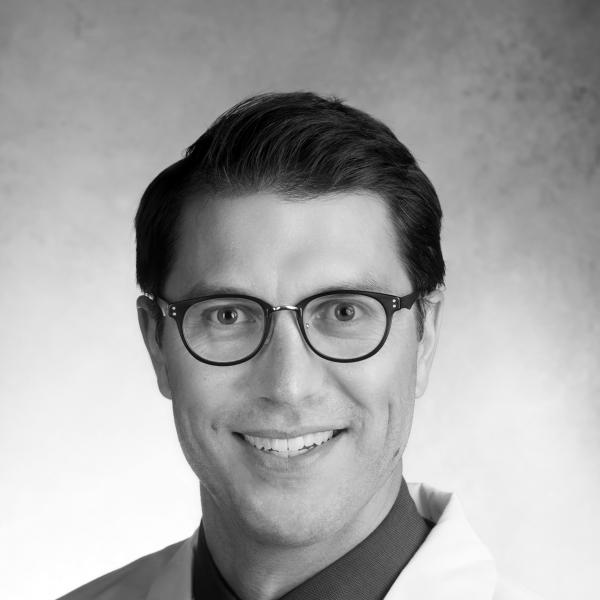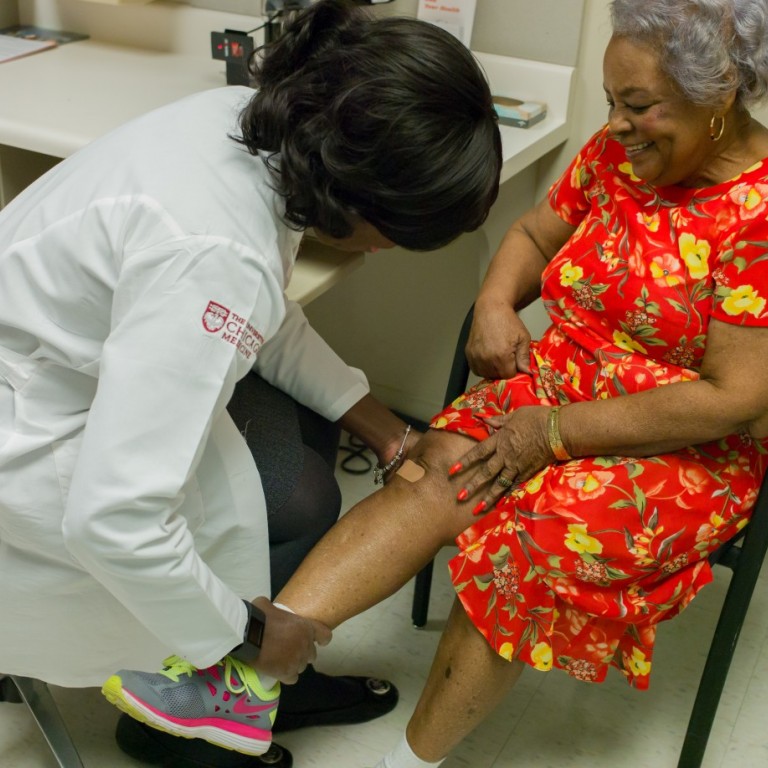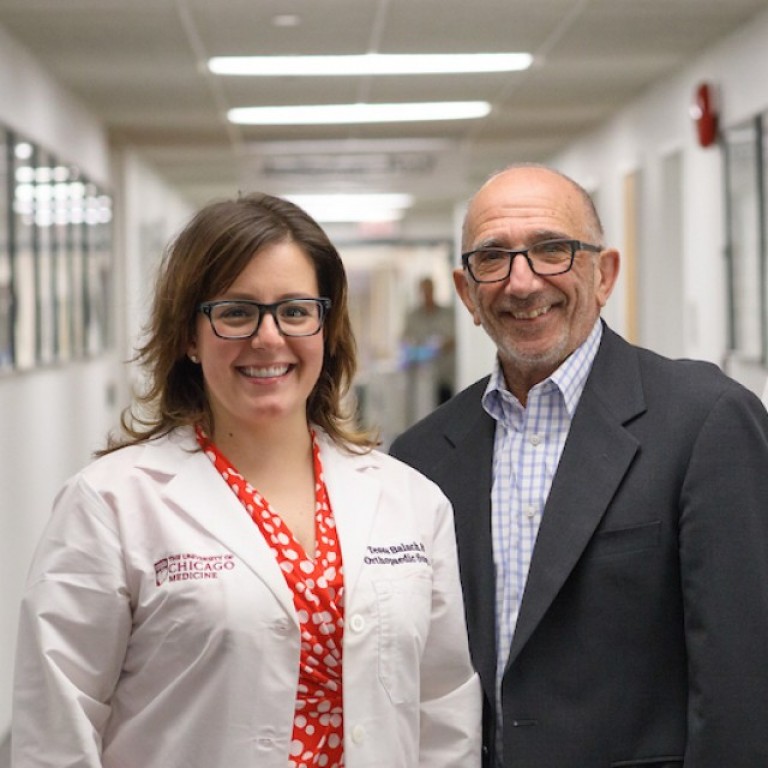As we enter the winter months and reflect back on our first 8 months as a Level 1 trauma center we have a chance to appreciate the tremendous growth and opportunities we have uncovered. The trauma service continues to grow and develop. The department, orthopaedic subspecialties and the hospital have been extremely supportive, helpful and collaborative as we continue to streamline, tweak and enhance our delivery of care.
As we reach our 560th orthopaedic surgical case completed in OR 10 (ortho fracture room) the diversity of cases, the complexity of surgical care and the experiences as part of the trauma team continue to expand. The department is currently in the midst of expanding the trauma ranks as we are hiring another trauma surgeon. The new hire will provide additional mentorship, surgical expertise and high level trauma care to our patients. With a larger complement of trauma attendings the resident will get hands on experience with different techniques, approaches and tips and tricks rounding out their orthopedic trauma knowledge.
On a daily basis the trauma team is ready and able to meet the demands of level one trauma. Our trauma team morning meetings ensure that the whole team is up to date and patient care is optimized from admission to discharge after a night trauma intake. The chief trauma resident is the team leader responsible for ‘running’ the service developing practice management, team leadership and decision making skills. Our three trauma chiefs so far, Rav, David and Mike have all brought their unique flairs to the job. Rav - the ever organized and precise, Dave - the professorial technique and Mike with his unique stylistic flair. The residents are also supported by the trauma PAs (Haley and Alana) who help reduce paperwork, ward and disposition duties so the residents can focus on learning the essential clinical and surgical skills.
Three resident cohorts have officially rotated through the orthopaedic trauma service thus far. Each rotation has had its unique blend of cases, experience and characters. The Summer rotation brought a run of distal femoral fractures (Jon Edginton doing 5 in one week!). The Fall saw a few weeks of back to back acetabular and pelvic trauma including 3 days in a row of large exposure columnar fixation cases, while the winter so far has seen humeral fractures galore. As we settle into the new ‘normal’, once uncommon techniques; the traction pin, external fixation, and damage control orthopaedics, are now becoming routine parts of our resident life day-to-day. Surgical exposures to the pelvis, pilon, tibial plateau, calcaneus and distal humerus are becoming standard. With the expanded early trauma exposure the senior residents are now leading their junior residents through exposures, reductions and fixation for cases. These opportunities have allowed them to test their knowledge, understanding and comfort with trauma care.
With growth comes opportunity. Resident research ideas have flourished with a multitude of research projects, case studies and quality improvement projects since May 1st. Residents are driving multiple trauma related research projects including; infection prediction, gunshot related fracture outcomes, and basic science fracture studies. These projects are steering improvements in patient care, trauma management and outcome research. They represent one of the many new avenues available for residents to explore orthopaedic trauma and the academic avenues available within surgical subspecialties.
All in all the orthopaedic trauma program at the University of Chicago continues to focus on the departments core principles in an effort to provide optimized trauma care in a collaborative and comprehensive technique to enhance recovery and improve patient outcomes. From an educational perspective the trauma center continues to change the landscape for residents within the program as they become more facile with level one trauma and begin to develop comfort and confidence with the material. The future is bright as we enter the closing weeks of the year and final months of our first year as a level 1 trauma center. Everyone is excited to see what the next year will bring.

Jason Strelzow, MD
Associate Professor of Orthopedic Surgery and Rehabilitation Medicine



